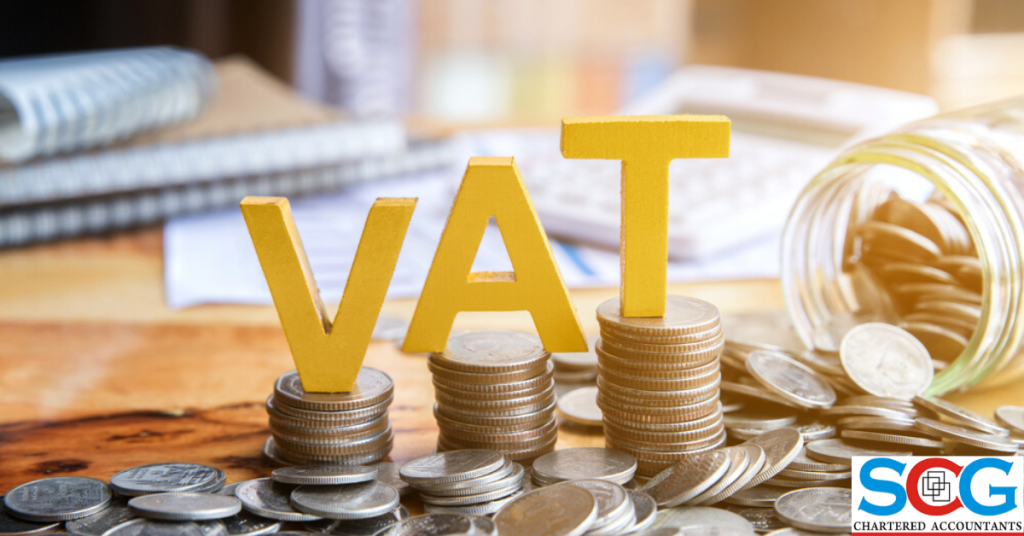The VAT Flat Rate Scheme (VFRS)
What is the VAT Flat Rate Scheme (VFRS)[1], who qualifies for it, and how does it affect your business? In this article we consider these questions.
What is the VAT Flat Rate Scheme?
The VAT Flat Rate Scheme (VFRS) is a special scheme which allows people who qualify to charge 3% VAT on the price of goods they sell.
Who qualifies for the scheme?
Persons who can charge the 3% VAT are:
- Importers: entities that bring in goods from other countries and sell them to their customers.
- Wholesalers: entities that buy goods in bulk from manufacturers or importers and resell them to their customers.
- Retailers: entities that buy goods in smaller quantities and resell them to their customers.
Who does not qualify?
- The VAT Flat Rate Scheme (VFRS) does not apply to manufacturers and service providers.
- Only entities registered under the VAT Flat Rate Scheme can charge the 3% VAT. You cannot charge 3% VAT if you are not registered for VAT.
Impact on Your Business?
The 3% VAT charged on the value of goods you buy becomes an extra cost to your business. Under the Flat rate scheme, you cannot offset input tax against output tax.
But under the normal VAT scheme, you can offset your input VAT against the output VAT to determine the net amount due. If your output vat is more than the input then the net amount is due to GRA. If not, you are due a refund from GRA.
Under the flat rate scheme, the total output VAT you collect is due to GRA.
Mitigating the impact of input VAT
As explained above, under the VFRS you cannot claim input tax – input tax is an expense. In order to recover the VAT, treat the 3% VAT on purchases as part of the purchase cost of the good and set a margin on that to fix your sales price.
Take Away
VFRS is simpler to operate but be careful to set sales price to recover the input VAT.
For more blogs and information please follow SCG Chartered Accountants on Facebook, Twitter, Youtube and LinkedIn.
[1]Value Added Tax Act 2013, Act 870 (as amended) 1

